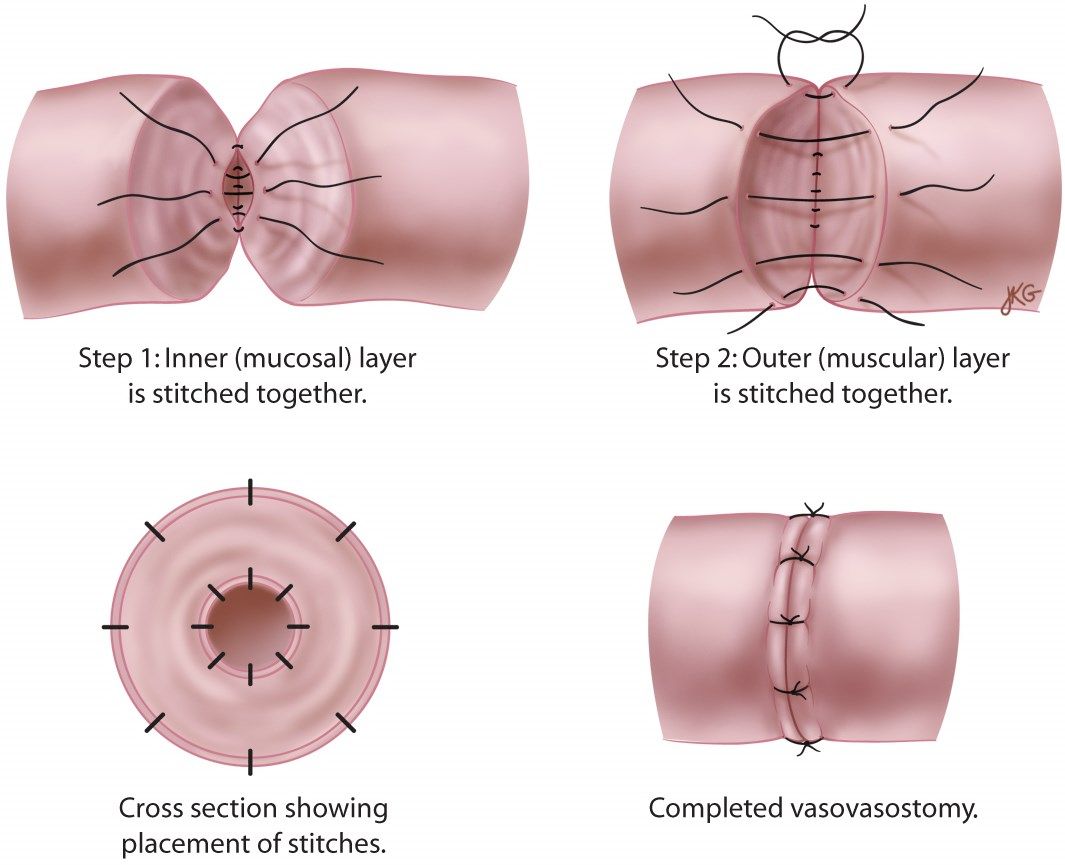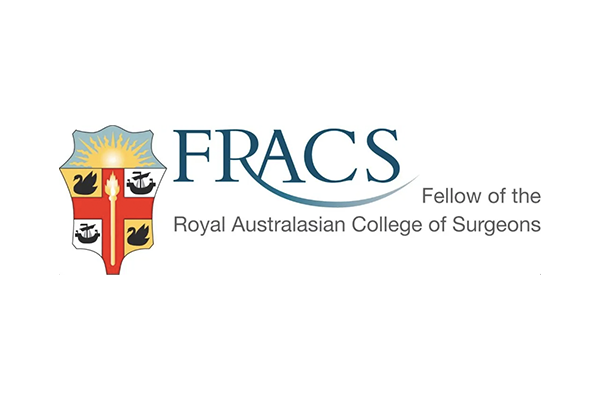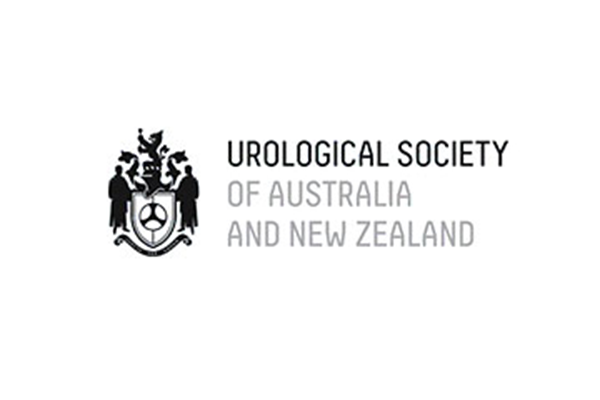Vasectomy Reversal - Vasovasostomy
While vasectomies are considered a permanent form of birth control, some men opt to reverse them. This procedure is known as a vasovasostomy and uses microsurgical techniques to reconnect the vas deferens (tube that carries the sperm from the testicles).
Vasectomy reversal is performed under general anaesthetic in two to four hours. It is important to know that even a successful vasectomy reversal does not guarantee fertility.
The vasectomy reversal procedure
Success rates are different for every male. The first attempt at reversal is the most successful.
A shorter interval from vasectomy to reversal is better, with most success when < 15 years.
The longer since the initial vasectomy, the lower the chance of success.
Vasectomy reversal pregnancy rates
This depends on the success rate (success means whether live sperm are found in the semen after the reversal).
It is up to 76% if the vasectomy was < 3 years ago, down to 50% if it was up to 15 years ago.
Generally, pregnancy occurs around 12 months after reversal.
Vasectomy reversal recovery
A sperm count is usually performed 5 weeks after surgery. The result of this will indicate whether the reversal has been successful and whether you may be able to father children. Sometimes, despite successful surgery, healthy sperm to not appear in the semen afterwards. Your Urologist will discuss this with you before your operation.
You will receive a follow-up appointment for 6 weeks after the surgery.








